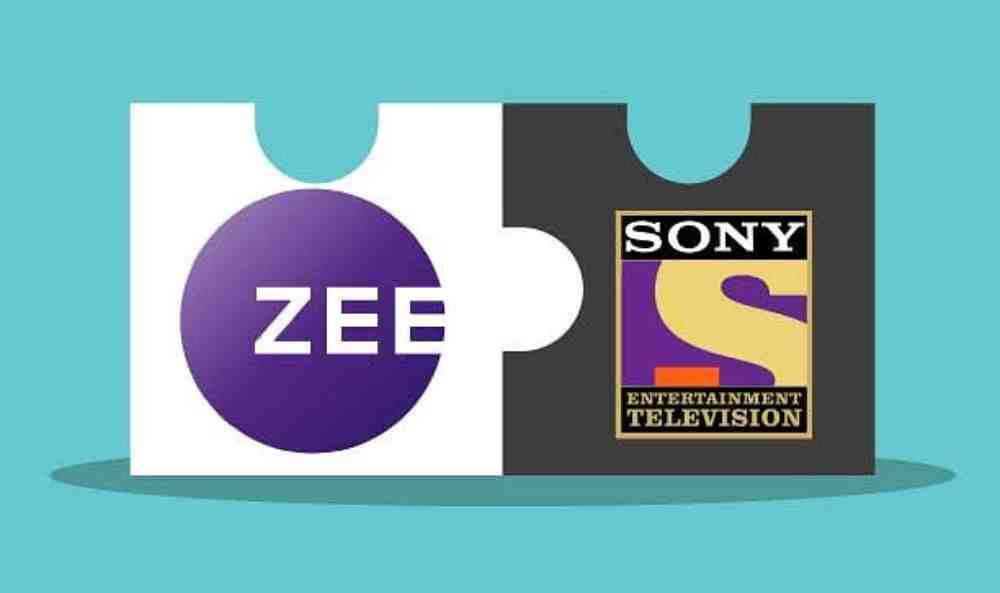The merger of Sony and Zee reflects the changing dynamics of the media industry, where content, competition, and distribution are increasingly being controlled by big tech companies. The merged entity, with a tentative name yet to be decided, is set to become India’s fourth-largest media company by the end of September, positioning itself behind global giants like Google, Meta, and Disney-Star. Despite the merger facing its own set of challenges, it symbolizes the evolving media reality.
Merger Approval and Details
The National Company Law Tribunal (NCLT) recently approved the merger of Sony and Zee, following clearance by the Competition Commission of India and major stock exchanges. The NCLT ruling emphasized that the Securities and Exchange Board of India (Sebi) order against former Zee managing director Punit Goenka would not impact the merger process. The merger, which has been in progress since December 2021, is poised to create a major player in the media and entertainment landscape.

Dominance in Broadcasting
The combined entity of Sony-Zee will possess nearly 80 channels and capture around 27% of India’s total television viewership, establishing itself as a dominant player in the broadcasting segment. With broadcasters earning significant revenues from advertising and pay subscriptions, the merger aims to leverage their respective strengths to enhance their market position.
Content and Distribution Synergy
Zee’s strength in Indian languages and global reach complements Sony’s presence, including sports and kids programming, along with a strong urban audience connection. Both entities also boast successful film businesses and streaming platforms. The challenge lies in integrating these diverse assets effectively.
Leadership and Future Plans
The leadership question arises due to Punit Goenka’s absence as a result of the Sebi order. The new entity’s management structure is yet to be determined. This merger represents a chapter in the global realignment of media players, driven by the rise of streaming platforms and tech giants.

Impact of Streaming and Big Tech
Over the past decade, streaming platforms like Netflix have gained immense popularity, reshaping media consumption habits. However, the profitability of streaming remains a challenge due to high costs and the need for substantial scale. Streaming services have disrupted traditional media revenue models, similar to how digital platforms transformed publishing and music.
Big Tech Dominance
Tech giants such as Google, Meta (formerly Facebook), and Netflix have consolidated audiences, distribution, capital, and technology. They possess resources and global reach beyond what traditional studios can match. This dominance raises concerns about control over revenue and audience engagement.
Industry Response: Consolidation
In response, media companies are resorting to consolidation and mergers to build scale and combat the growing influence of big tech. Major players globally and in India, such as Disney-Star, Viacom18, PVR Cinemas, and JioCinema, are pursuing strategic moves to remain competitive in the evolving media landscape.
The Sony-Zee merger serves as a case study in the larger trend of media realignment, as traditional players seek to navigate the challenges posed by big tech dominance and changing consumer behaviors.
